The Splendors of Imperial Japan
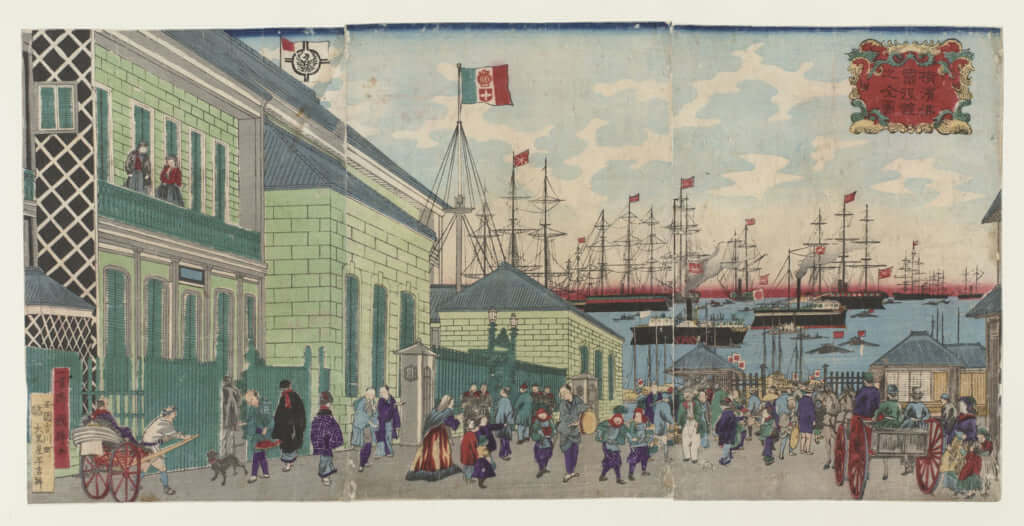
Considered to be an important revolutionary period, the Meiji era, from 1868 to 1912, was incredibly important in terms of Japan’s modernisation. This frenetic epoch has been interpreted through various artistic forms, now to be assembled as part of the exhibition Meiji, Splendors of Imperial Japan. Gold-work, painted shutters, photographs, textiles, paintings, bronze statues and ceramics all illustrate this cultural revolution. A number of important figures from the Japanese artistic canon will also be highlighted, including Kawanabe Kyosai and Shibata Zeshin, known for their innovative and liberal style.
This retrospective will also be the occasion to discover the intrinsic links that exist between European and Japanese creators and artists. The exhibition, which runs from 17 October to 14 January 2019, will address the proximity between various Japanese and Western artworks from private and public European collections such as the MNAAG, The British Museum and the Victoria and Albert Museum.
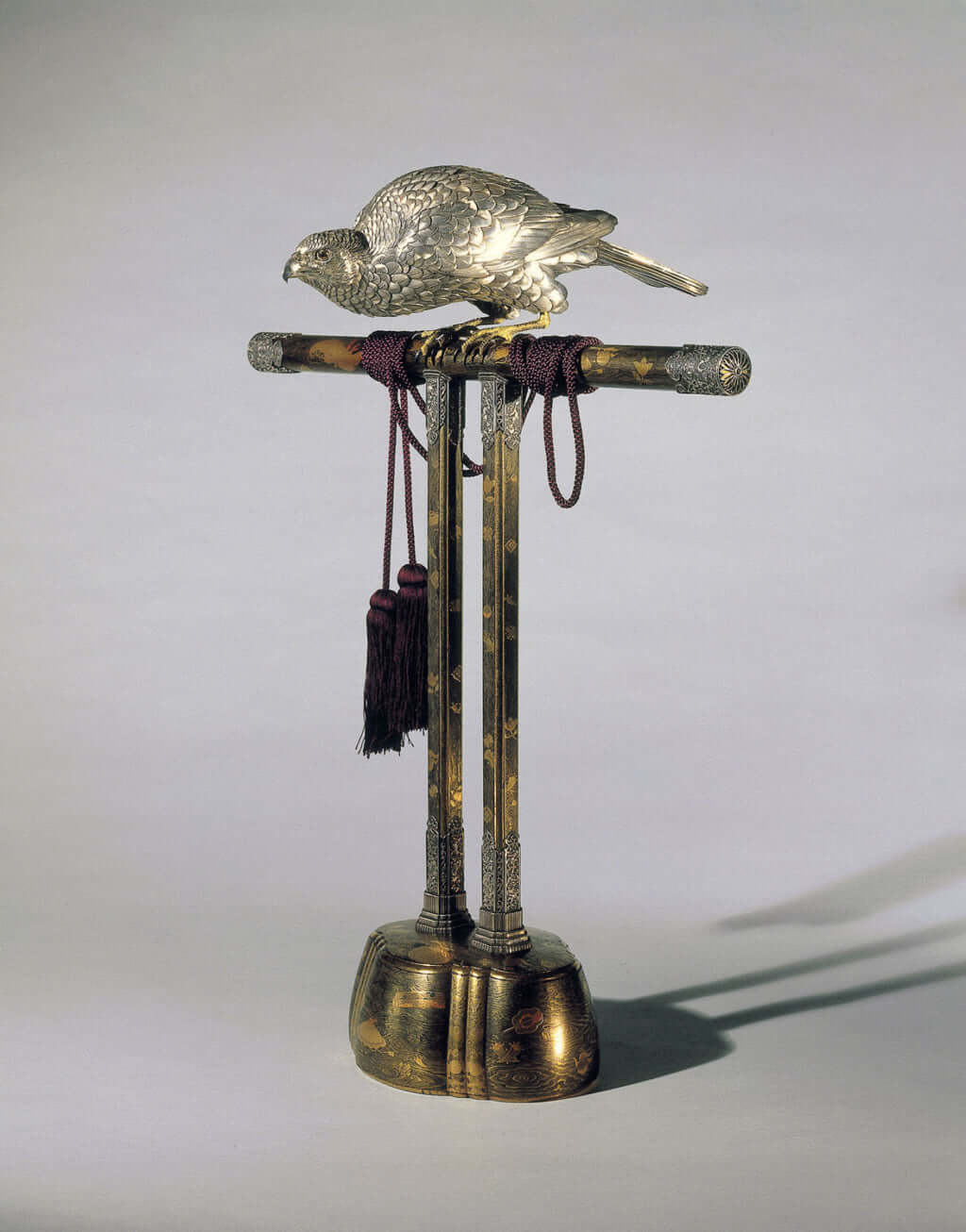
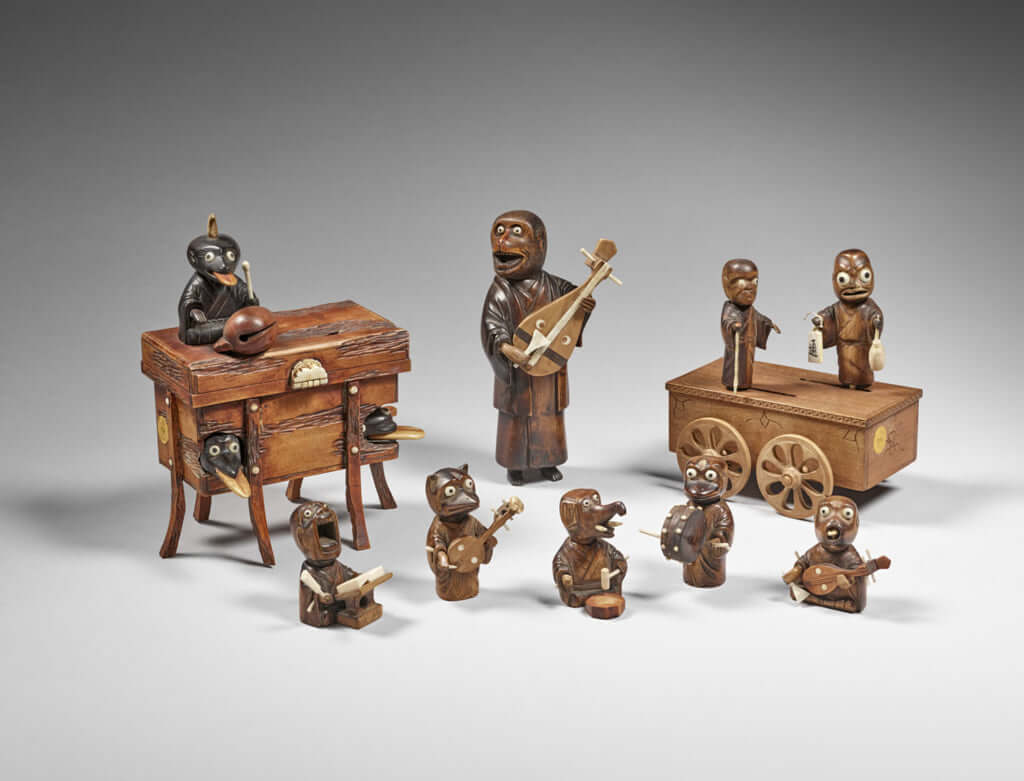
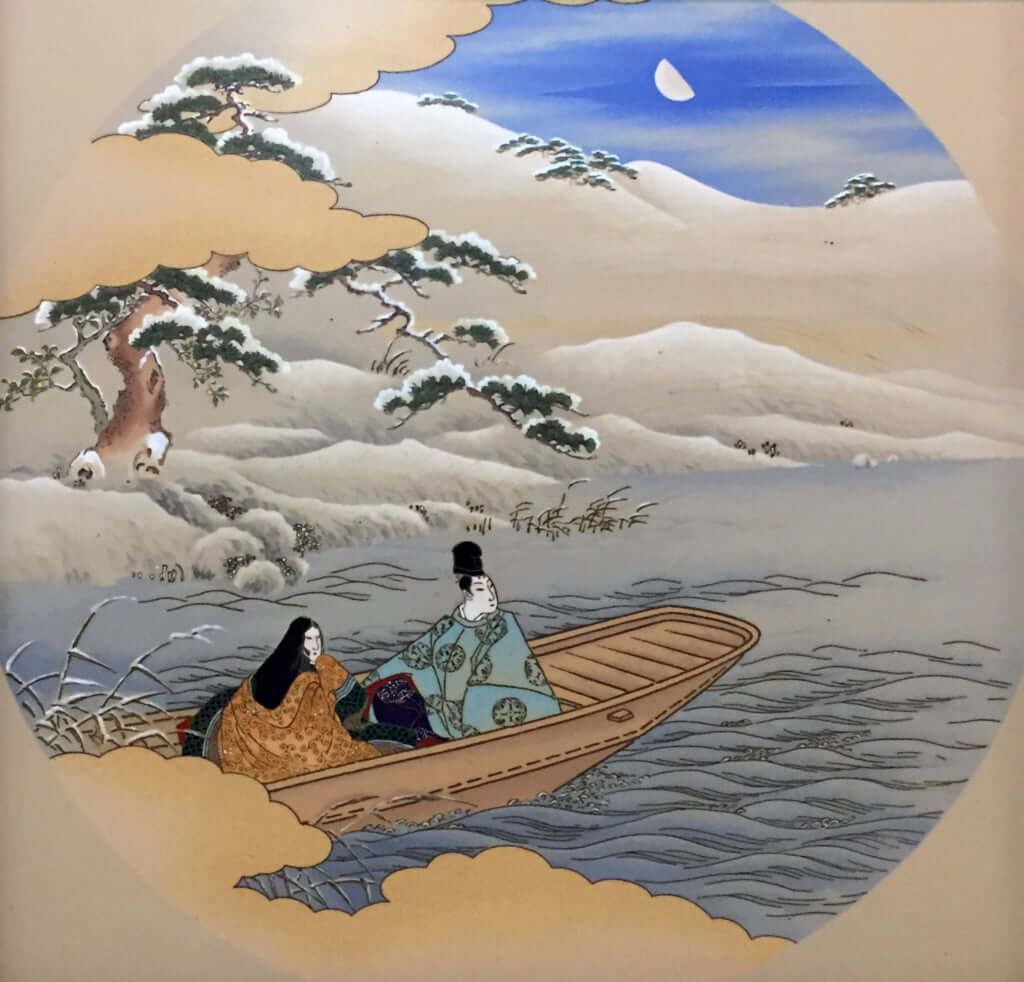
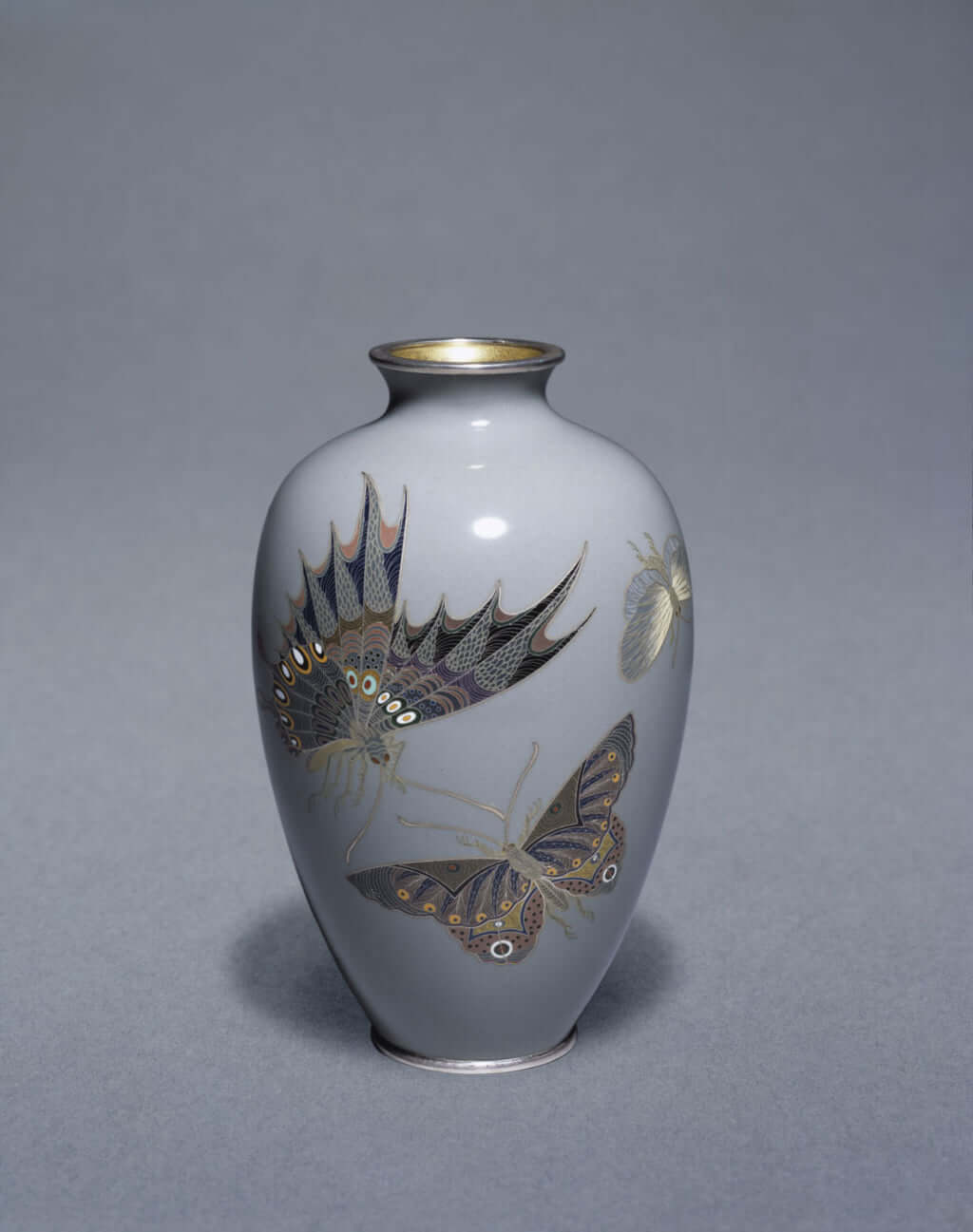
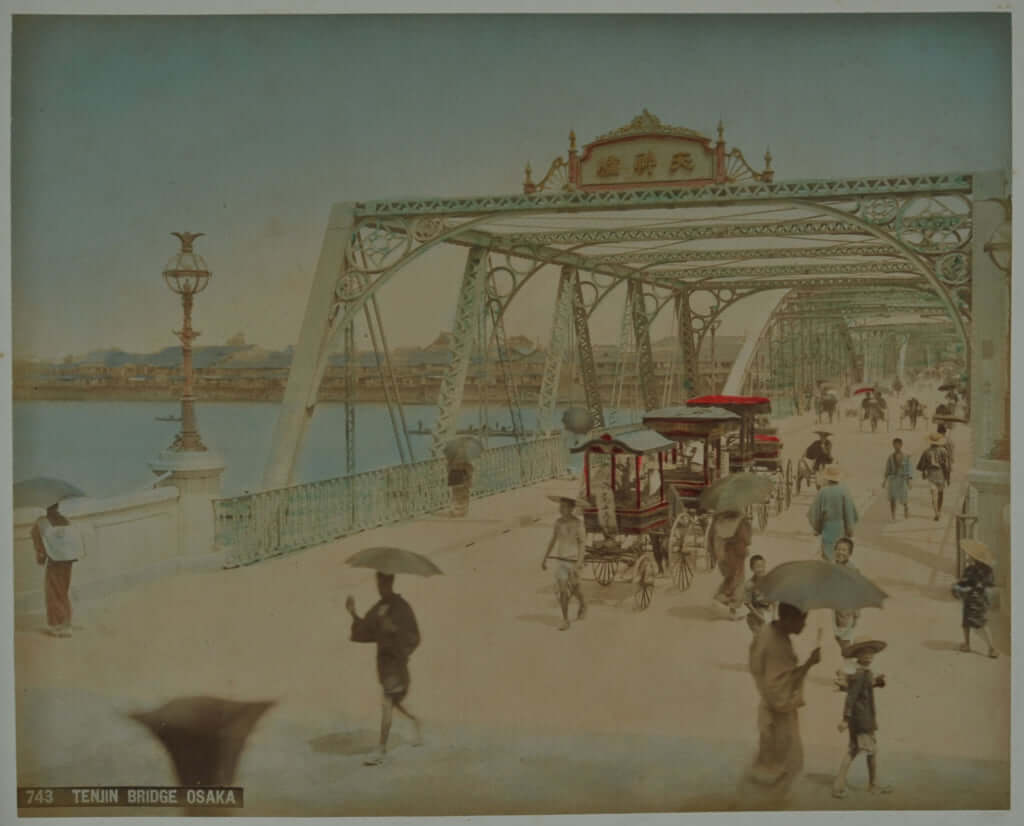
Meiji, Splendors of Imperial Japan
Period: October 17, 2018 - January 14, 2019
Venue: Guimet Museum
Address: 6 place d’Iéna, 75016, Paris
Tel: +33 1 56 52 54 33
www.guimet.frTRENDING
-
Yakumo Saryo: A Culinary Voyage in Tokyo
Shinichiro Ogata makes objects from glass, ceramics and bronze but is also a fantastic cook. Have a taste of both his talents at restaurant Yakumo Saryo.

-
WA BI GIN : (An Old) Affair of Passion
The Japanese distillery Hombo Shuzo, first known for their shoshu, decided to launch itself into artisanal production of gin. Thus, WA BI GIN was born.

-
Gome Pit, the Pop-Up Bar in a Waste Treatment Facility
Japan never ceases to surprise. Gome Pit is a pop-up bar with an unobstructed view over a pit where tonnes of waste are piled up before being incinerated.

-
A Japanese Tea Room Perched Atop a Rooftop
The building, in keeping with the minimalist style of its creator, offers a splendid view of Vancouver Bay and the surrounding mountains.

-
Discover Japanese Gastronomy Through The Solitary Gourmet Manga
This illustrated black and white album follows its lead through various bars, celebrating the Japanese art of living.





